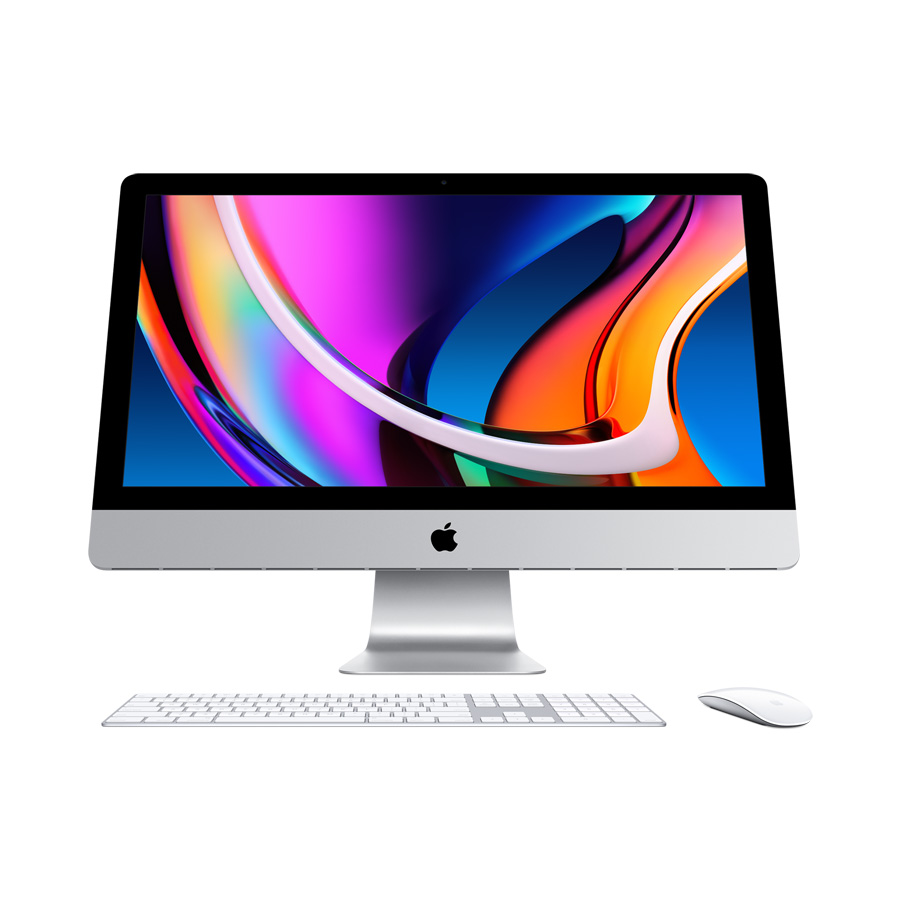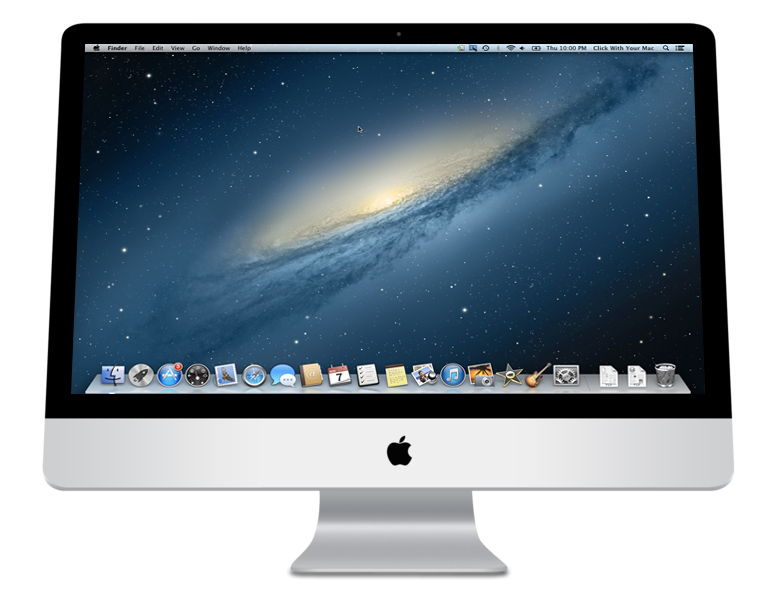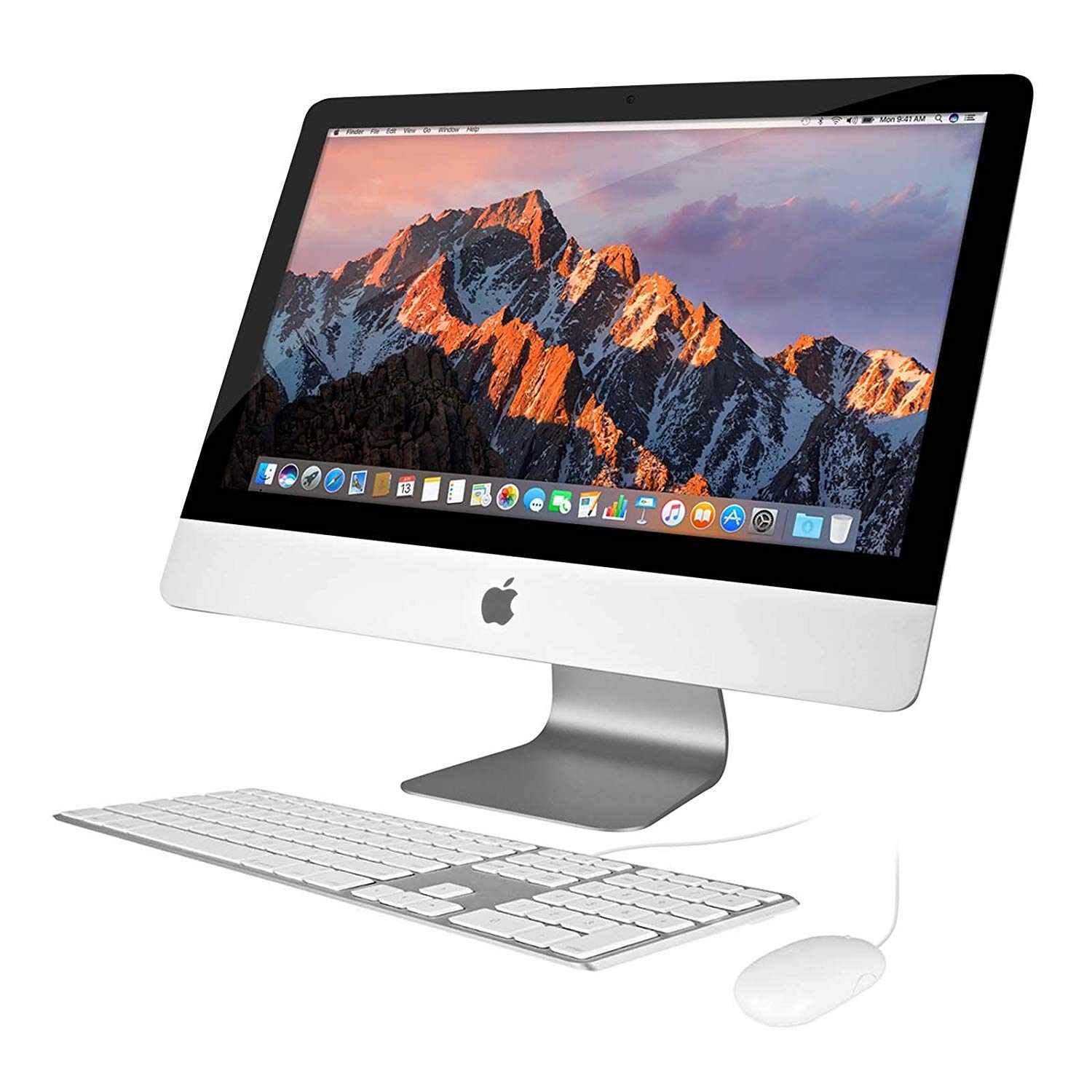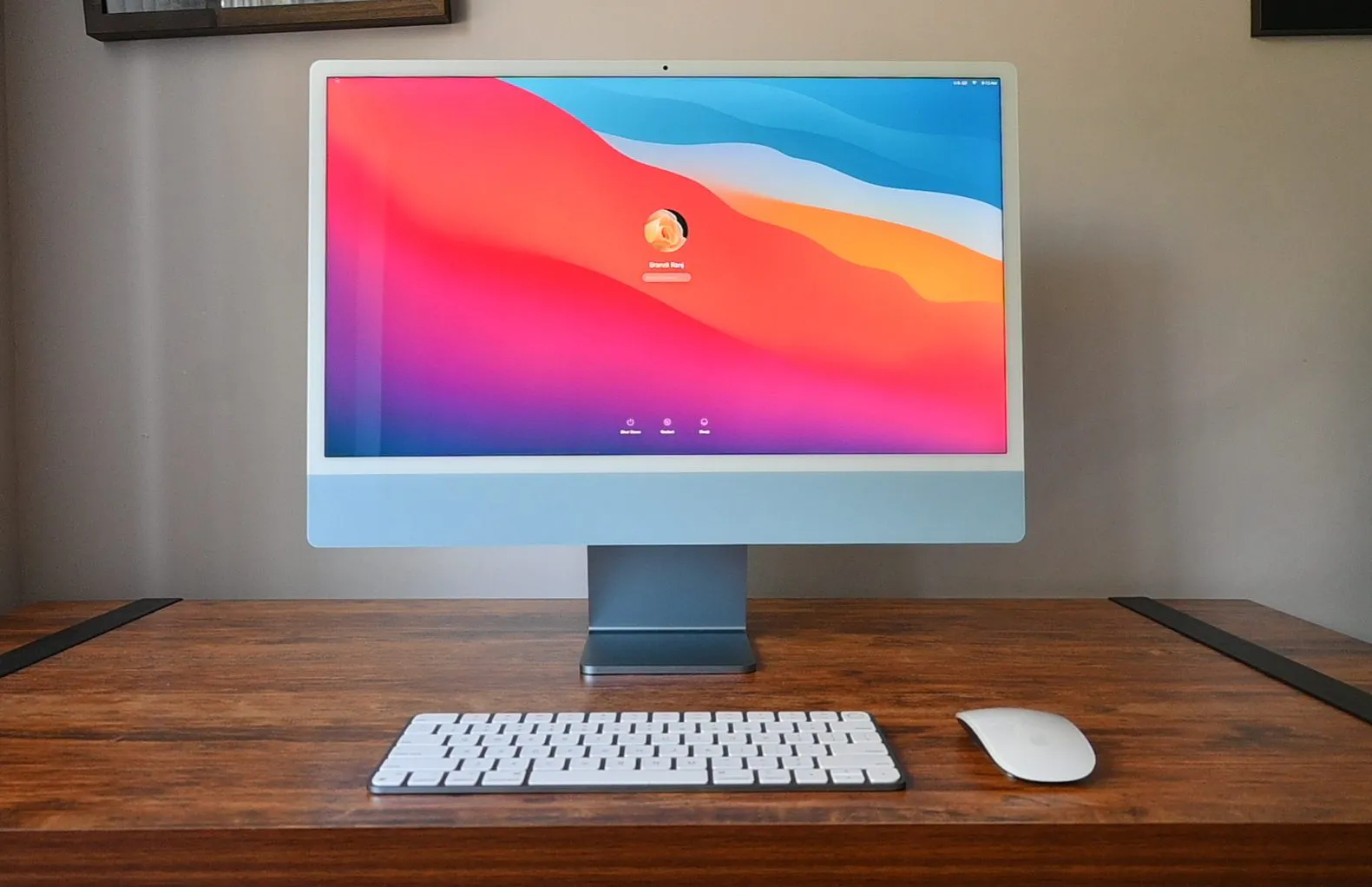The power button is an essential component of your Mac desktop, being the primary way to turn on your computer. However, like any physical component, it is susceptible to failure. When the power button on your Mac desktop is not functioning, it can be a source of frustration and may seem like a major obstacle. This article will guide you through some practical steps to address the issue and help you regain control over your Mac desktop.
Initial Troubleshooting Steps
Check for Power Supply Issues
Before concluding that the power button is the culprit, verify that your Mac desktop is receiving power. Ensure that the power cord is securely plugged into both the Mac and the power outlet. Try using a different outlet or power cord to rule out any issues with the power source or the cord itself. Additionally, inspect the power outlet with another device to confirm it’s working correctly.
Inspect the Power Button for Physical Damage
A visual inspection of the power button can sometimes reveal obvious physical damage, such as a stuck button or visible wear that might impede its functionality. If the button is stuck, gently attempt to wiggle it free without applying excessive force. If you suspect internal damage, refrain from opening the Mac yourself, as this could void your warranty or cause further damage. Instead, document your findings and prepare to seek professional assistance.

Seeking Professional Help
Contacting Apple Support or an Authorized Service Provider
If your initial troubleshooting does not resolve the issue, it is advisable to contact Apple Support for guidance. Apple provides a variety of support options, including online chat, phone support, and in-person appointments at the Genius Bar in Apple Retail Stores. Alternatively, you can visit an Apple Authorized Service Provider who can diagnose and repair hardware issues. Provide them with detailed information about the problem, any troubleshooting steps you’ve already taken, and any signs of physical damage.
Scheduling a Repair or Service Appointment
After consulting with support staff, you may need to schedule a repair or service appointment for your Mac desktop. If your computer is still under warranty or covered by AppleCare+, repairs might be done at a reduced cost or even for free. Be prepared to be without your Mac for the duration of the repair, which may take several days depending on the availability of parts and the complexity of the issue.

Alternative Ways to Turn On Your Mac Desktop
Using Keyboard Shortcuts or External Devices
In some cases, you might be able to turn on your Mac desktop without using the power button. If your Mac is connected to a power source and in sleep mode, pressing any key on the keyboard or clicking the mouse can wake it up. Additionally, for some Mac models, you can restart the computer after a shutdown by pressing the Control + Command + Eject/Power keys simultaneously. Check Apple’s official documentation to see if your model supports these or other alternative start-up methods.
Exploring System Settings for Power Management
Your Mac’s System Preferences include power management settings that can help in situations where the power button is unresponsive. For example, you can set a schedule for your Mac to turn on automatically at a specific time. To access this option, go to System Preferences > Energy Saver > Schedule. Here, you can configure your Mac to start up or wake at times that suit your routine, ensuring that your computer is ready when you need it.

Preventative Measures and Maintenance
Regularly Cleaning and Maintaining Your Hardware
To reduce the risk of power button failure in the future, it’s important to keep your Mac desktop clean and well-maintained. Dust and debris can accumulate over time and may contribute to button malfunction. Use a soft, lint-free cloth to wipe down the exterior of your Mac, and consider using compressed air to gently remove dust from around the power button and other crevices.
Investing in a Backup Solution for Data Security
While power button failure doesn’t directly affect your data, it serves as a reminder of the importance of regular backups. Use Time Machine or another backup solution to safeguard your files, so you’re prepared for any hardware failures that might occur. If your Mac desktop is reaching the end of its lifecycle, consider transferring your data to an external hard drive or cloud service to prevent data loss in the event of unexpected hardware issues.

Upgrading Firmware and Software Regularly
Ensuring Your Mac’s Firmware is Up-to-Date
Firmware issues can sometimes mimic hardware problems, including power button failures. To prevent such confusion, always keep your Mac’s firmware up-to-date. Apple frequently releases updates that can improve the stability and performance of your system. You can check for firmware updates by going to the Apple menu > About This Mac > Software Update. If an update is available, follow the prompts to install it, as these updates may resolve underlying issues that could affect the power button’s responsiveness.
Staying Current with macOS Updates
In addition to firmware, the operating system itself should be kept current. Regularly updating macOS ensures that you have the latest security patches, bug fixes, and system improvements. Some updates may also enhance the energy-saving features of your Mac, indirectly affecting the power management and start-up behavior. Always back up your data before installing a new operating system version to safeguard against any potential data loss during the update process.

Utilizing Remote Access and Management Tools
Remote Desktop and Management Solutions
If the power button on your Mac desktop is inaccessible or inconvenient due to its placement, you might consider using remote desktop software. Tools like Apple Remote Desktop or third-party applications allow you to control your Mac from another computer or mobile device. With remote access, you can manage power functions such as waking from sleep or initiating a reboot without the need for the physical power button. This can be particularly useful in environments where Macs are part of a network, such as offices or classrooms.
In conclusion, dealing with a failed power button on your Mac desktop can be challenging. Often, you can resolve this issue with the correct approach. Start with basic troubleshooting. Seek professional help if needed. Look for alternative methods to turn on your Mac. Keep in mind the importance of regular hardware maintenance to prevent future issues. By following these steps, you can address power button failures effectively and minimize disruptions to your work or personal use.